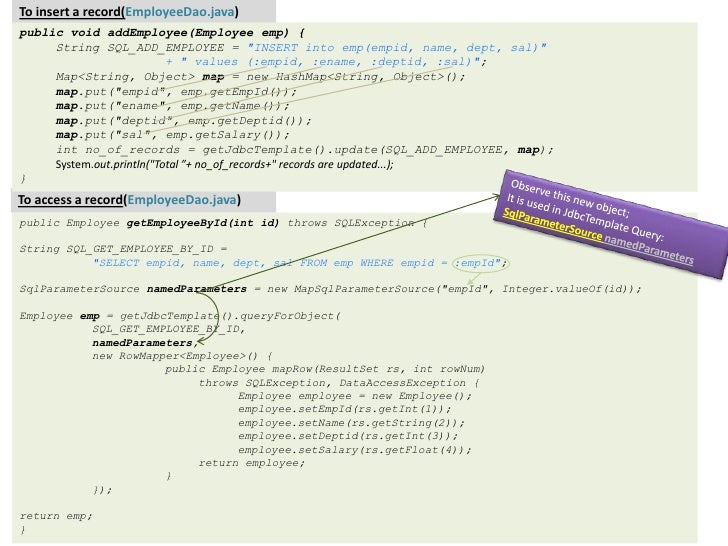

So, to get started, you should define which model attributes you want to make mass assignable. For example, a malicious user might send an is_admin parameter through an HTTP request, which is then mapped onto your model's create method, allowing the user to escalate themselves to an administrator. However, before doing so, you will need to specify either a fillable or guarded attribute on the model, as all Eloquent models protect against mass-assignment.Ī mass-assignment vulnerability occurs when a user passes an unexpected HTTP parameter through a request, and that parameter changes a column in your database you did not expect. The inserted model instance will be returned to you from the method. Here, Create a basic example of laravel tap example. you will learn laravel eloquent update and return object.

Here you will learn laravel tap function. You may also use the create method to save a new model in a single line. In this short guide, we will show you laravel update and return record. To update a model, you may retrieve it, change an attribute, and use the save. The update method expects an array of column and value pairs representing the columns that should be updated. The inserted model instance will be returned to you from the method. The easiest way to create a model instance is using the make:model Artisan command:

All Eloquent models extend Illuminate\Database\Eloquent\Model class.
#Laravel eloquent update return value free
Models typically live in the app directory, but you are free to place them anywhere that can be auto-loaded according to your composer.json file. 1: return Response::json (user->toArray ()) 2: return user->toJson () php json api laravel laravel-4 Share Improve this question Follow asked at 18:10 Nyxynyx 60. To get started, let's create an Eloquent model. 38 How do you return an Eloquent model to the browser as JSON What is the difference between the two methods below Both seems to work. For more information on configuring your database, check out the documentation. Models allow you to query for data in your tables, as well as insert new records into the table.īefore getting started, be sure to configure a database connection in config/database.php.
#Laravel eloquent update return value driver
driver Driver::find (1) driver->update ( 'name'> 'expmale' ) return driver Share. Laravel Inertia handles routing and transferring data between your Laravel back-end and frontend no need to build an API or maintain two sets of routes. driver Driver::find (1) driver->name 'expmale' driver->save () return driver or other way. Each database table has a corresponding "Model" which is used to interact with that table. I think no need any model helper for that. Insights master laravel-tips/db-models-and-eloquent.md Go to file Cannot retrieve contributors at this time 2155 lines (1590 sloc) 62. The Eloquent ORM included with Laravel provides a beautiful, simple ActiveRecord implementation for working with your database. When you call the save method on a model, the first thing laravel does is fires a saving event and if it finds on your model (written by you), evaluates it and if something goes wrong and you.


 0 kommentar(er)
0 kommentar(er)
